Have you heard of lawn grubs? Likely, you haven’t unless they’ve wreaked havoc on your lawn.
And you’re certainly better off not coming face to face with these insects. They are not only gross, but they are also pretty sneaky.
Why are they so stealth? Well, there’s no way you can really tell when they attack your lawn because they do their dirty work underground where you can’t see them very well.
In fact, your grass can look just fine on the surface, while grubs are eating away at the lawn roots. And this can not only make your lawn look bad down the road, but it also cuts off the pathways of vital water and nutrients to your lawn. And that doesn’t help; your lawn needs those things to survive and thrive.
Pretty mean, right?
Since grubs can devastate your lawn in Northern Virginia, we thought we’d put together a guide to help you better understand how to identify a grub problem and learn about grub control for your lawn so you can get your nice, green grass back.
Lawn Grub Control in Virginia
Learning how to get rid of lawn grubs starts with understanding more about these pests that attack your grass roots.
If you have ever heard of Japanese beetles, the northern masked chafer, or June bugs, then you know what white grubs are. These fat, juicy, C-shaped, milky white creepy-crawlies are the larvae of these adult beetles.
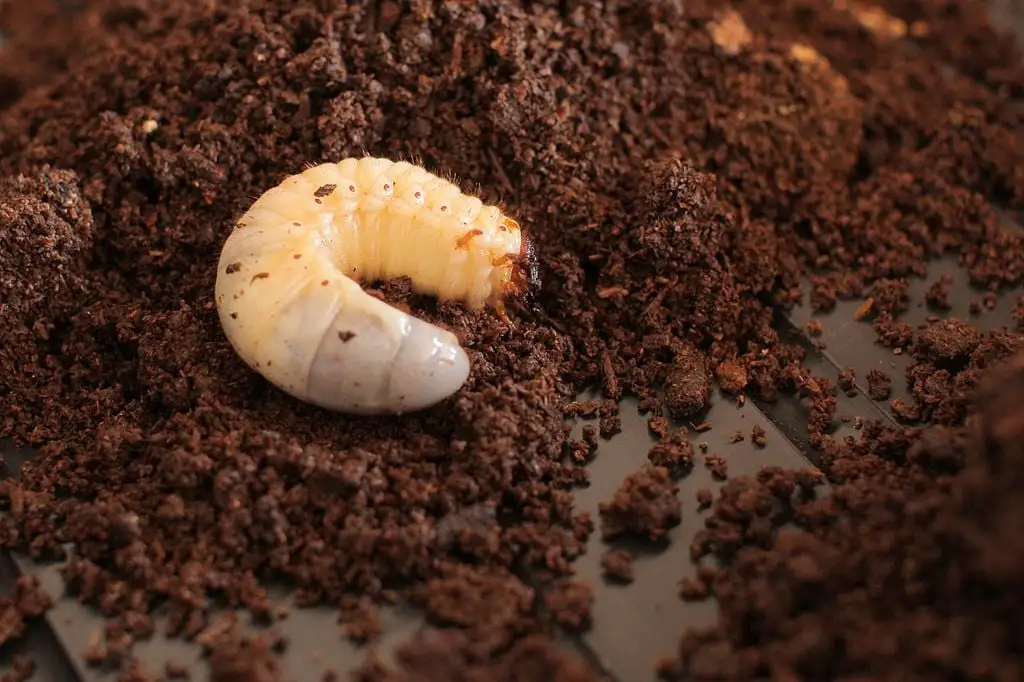
In fact, if you see Japanese beetles crawling around your roses or other plants, then that could be a sign they are laying eggs in your grass nearby. And those eggs turn into the white grubs that feed on your lawn all summer and fall. As temperatures get colder before winter, they burrow deeper into your soil. In spring, they awaken and resume their feeding of your lawn until they emerge as adult beetles in late spring.
It’s a vicious cycle, for sure.
Here are more details you need to know about grubs and lawn grub control service.
Step One: Look For Signs You May Have Lawn Grubs
Maybe you’re not sure you need grub control for your lawn in Northern Virginia. After all, if these pests are hard to spot since they eat the roots under your lawn surface, you might have a hard time figuring out if they are actually causing you trouble.
There are a few things you can look for, though, that can signal you have a grub infestation.
First, is your lawn underperforming? If it’s not growing strong in May, June, and July or you see yellow or brown spots or dead patches, this could be a sign you need grub control for your lawn.
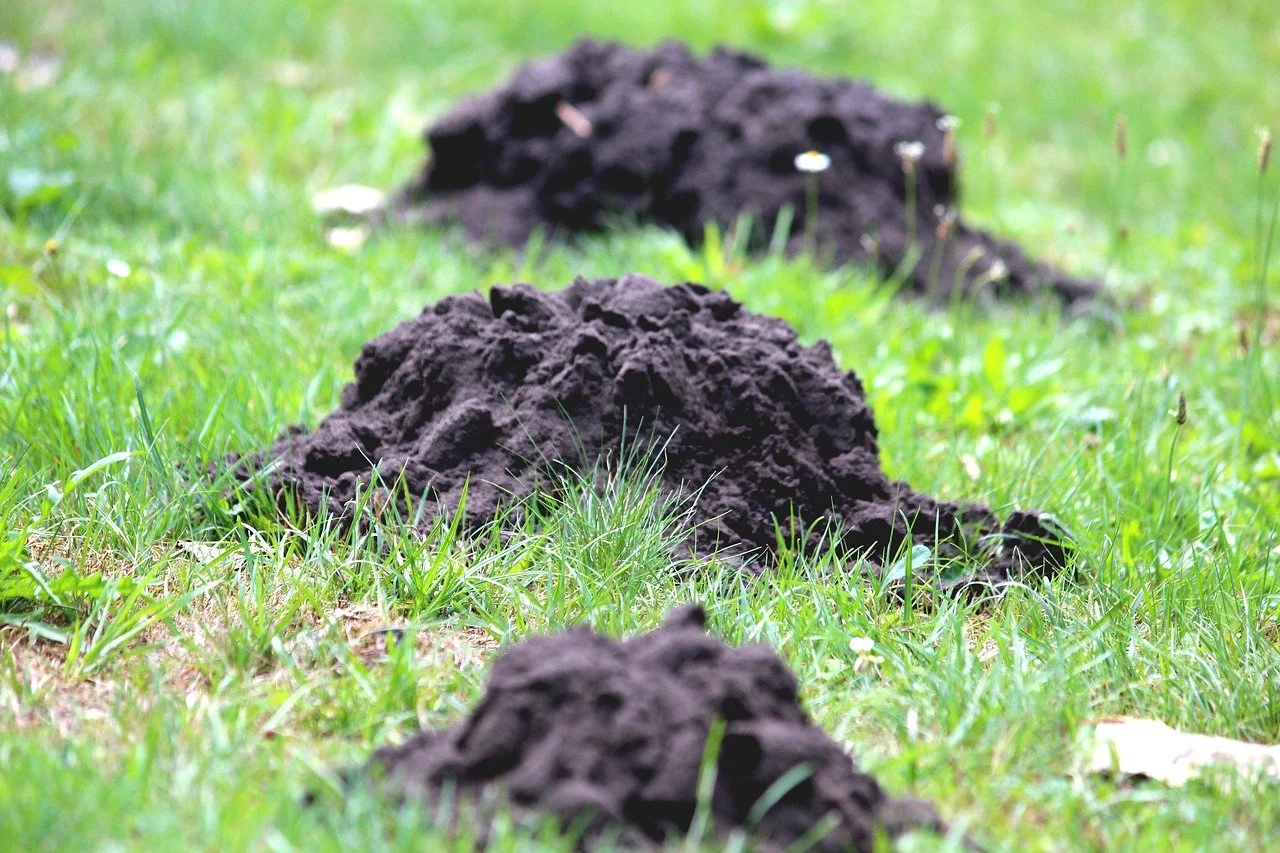
Another issue with a lawn being attacked by grubs is that it can feel loose – sort of like it’s not connected to the ground. In fact, if you try to pull it up, it might come up easily as if it’s a carpet not tacked down. This is a sure sign of grubs since it shows the roots may not be connected to the soil.
If you walk on your lawn, when it has grubs it may feel spongy. This is not a normal feeling when you walk on your grass.

The other problem with lawn grubs is that they are thick, juicy protein meals for animals like birds, raccoons, moles, and skunks. So you might see them digging up your lawn to get to these “treats.”
Step Two: Understand How Grubs Feed
Knowing how grubs work can help you better grasp lawn grub control in Virginia.
In spring, grubs wake up from winter hibernation. They dig their way up from deep in the soil to just beneath the grass surface and begin to feed on your lawn’s root system. But because your grass is vigorously growing in the spring, it’s less likely that you’ll see damage.

Then, later in spring the larvae pupate in the ground and emerge in mid-summer as flying beetles. Some species like Japanese Beetles feed during the day and are more obvious. Others only feed at night. You could have a large infestation and not see grubs feeding on the leaves of your roses and crepe myrtles or other desirable plants.
As the flying adults feed, they also mate and deposit eggs in lawn areas and landscape beds. In late summer and early fall, their newly hatched grubs begin to feed on root systems. This is where major damage occurs as lawns cannot keep up with it as the hot, dry summer weather additionally weakens it.
Step Three: Know What Kind of Damage Grubs Can Do
You might be asking yourself, “Does my lawn need grub control?”
Grubs are pretty hungry pests and can do quite a bit of damage. Once you discover grubs, there are a couple scenarios you can encounter, depending on how long you’ve had the problem and how many grubs are present.
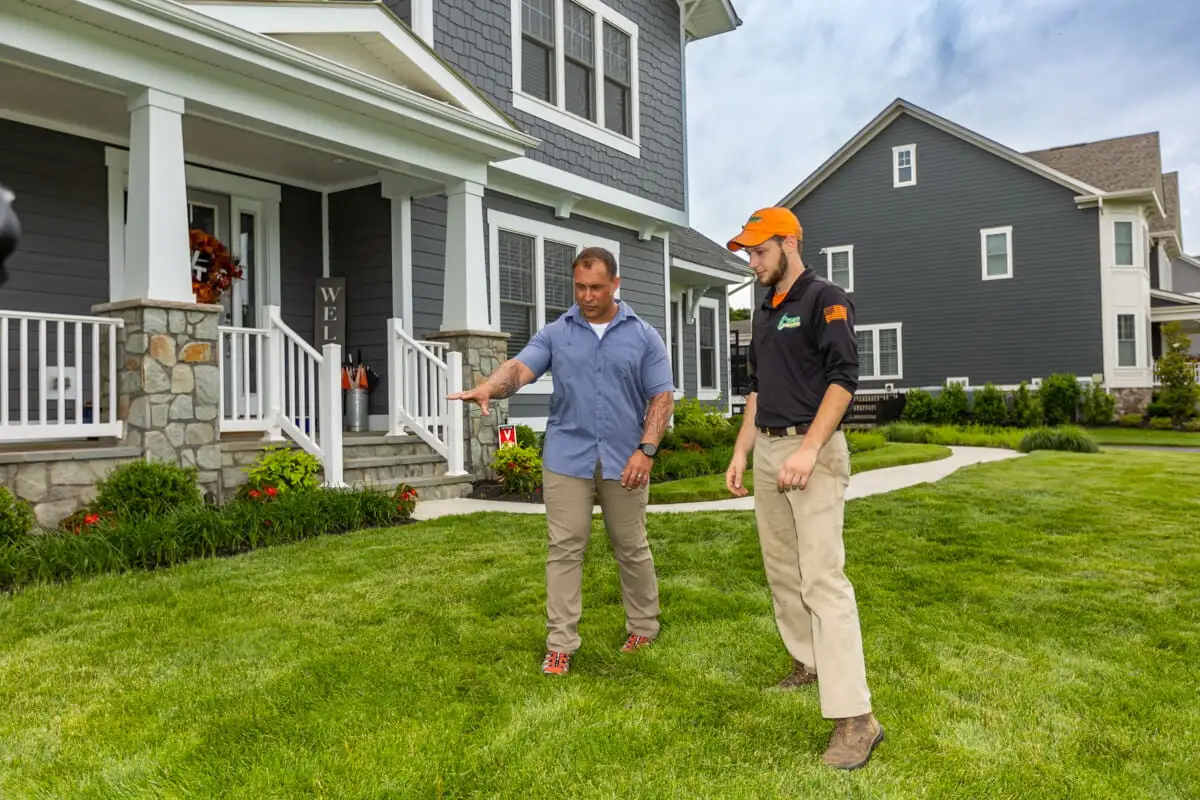
The best-case scenario is there are a minimal amount of grubs that have been eating your grass roots, and your lawn may bounce back if it gets enough water. Imagine a newly-laid piece of grass with no root system growing new roots and knitting itself to the soil again. That’s the situation you may be facing.
However, the worst-case – and usually most likely – scenario is you have dead patches of grass and after grub control for your lawn, you also have to aerate and overseed your lawn in the fall to boost its health and fill in the dead patches, helping to bring it back to life and replace areas that are beyond repair.
How to Get Rid of Lawn Grubs
Now you get the picture that grubs are pretty nasty insects. Once they move into your lawn, they don’t leave. And their life cycles can cause damage to multiple areas of the plant.
Now that you know something about lawn grubs, let’s talk about how you can use lawn grub control service to help.
Grubs Are a Fairly Common Occurrence in Northern Virginia
Unfortunately, nearly everyone has some grubs in their lawn and may need lawn grub control in Virginia.
The more specific question to look at is: How many grubs do you have in your lawn? There are light years and heavy years of infestation based on the weather and whether or not you’ve tried to control them. Mild winters, for instance, tend to cause heavier infestations of lawn grubs.
Knowing these facts can help ensure better control.
Grub Control Timing Is Important
The key to grub control for your lawn is to take care of them in their early stages or even before they hatch so they don’t have a chance to cause serious damage to your lawn.

So, prevention is your best bet. May and June is a great timeframe for early prevention of grubs. This is best done with a preventive treatment to your lawn.
DIY Grub Control Can Be Unpredictable
Sure, do-it-yourself grub control for your lawn can be successful, but you have to do everything right in the process.
Doing everything right means understanding this specific pest, its life cycle, and what signs and symptoms to look for. We shared some of that information with you above.
Next, you have to know what product to purchase and how much to use based on the size of your lawn and the level of infestation you’re facing. This can be challenging. You have to know the square footage of your lawn and how many bags of product will cover it.
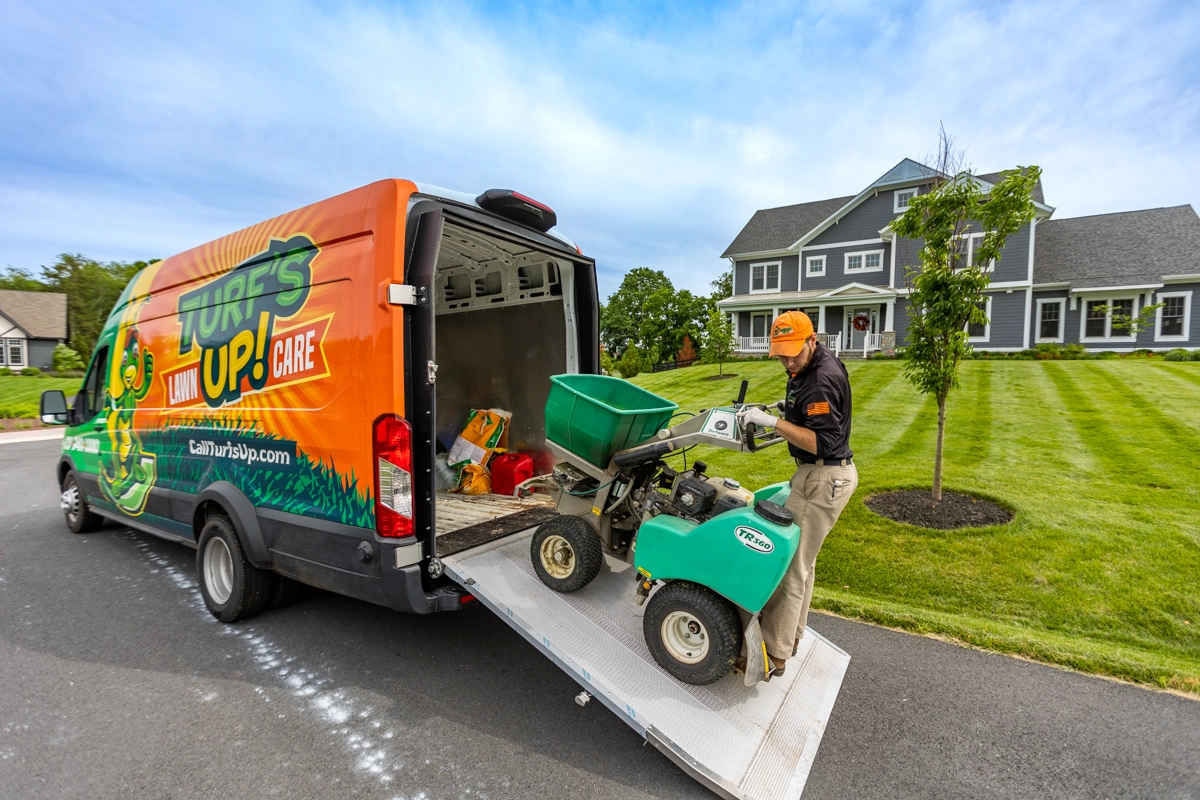
Then, you need the right equipment – a lawn spreader. And you must calibrate it properly so it spreads the product evenly throughout your lawn.
Finally, you have to apply a grub control product during the right time frame so you’re catching the grubs when they are small.
If you don’t get the right amount of product down at the right rate at the right time, your treatment won’t be effective, and you may have wasted a lot of money. Plus, there are several active ingredients used in grub control formulations. Not all of the ones you’ll find at the home improvement store are the best options. Some of the best ingredients are only available to professionals.
All of this education and treatments have to happen while you also juggle your full-time job, chores, family priorities, make time for hobbies, etc.
Grub-Proof Lawns Take Planning
Lawn grub control in Virginia is best accomplished with a complete, proactive lawn care program.
Turf’s Up offers a grub solution in June that provides one treatment, season-long control. This means it lasts all through summer and fall. We will also come back and inspect your lawn in the fall to ensure grubs haven’t returned if you see some signs that are worrisome to you.
Plus, we offer other lawn care services, such as fertilization and weed control, that can enhance your lawn’s health and bring it back from grub damage. While we’re on your property taking care of your lawn, we will continue to monitor for grubs to make sure they stay away.
Eager to Get Rid of Grubs in Your Lawn? Trust Turf’s Up
In your Northern Virginia lawn, the last images you want to see are rough brown patches of lawn or grass that are spongy and seem disconnected to the soil.
You have enough to worry about. Who has time to look for small, white, C-shaped bugs crawling under your lawn? It’s probably not your No. 1 choice on what to do Saturday or Sunday afternoon.
If you want to eliminate grubs and make better plans for your weekend, try professional lawn care services in Northern Virginia. An effective grub control solution from Turf’s Up could save you time, money, and – most importantly – your lawn’s appearance and health.
Ready to learn why Turf’s Up could be your totally awesome choice for grub control services in Northern Virginia? We’re stoked to learn more about you and help you have the best lawn on the block. Get started today with a free quote. Together, we can prepare a customized plan that is perfect for you and your yard.
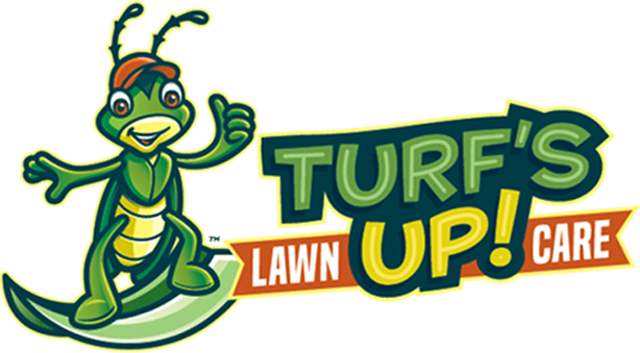
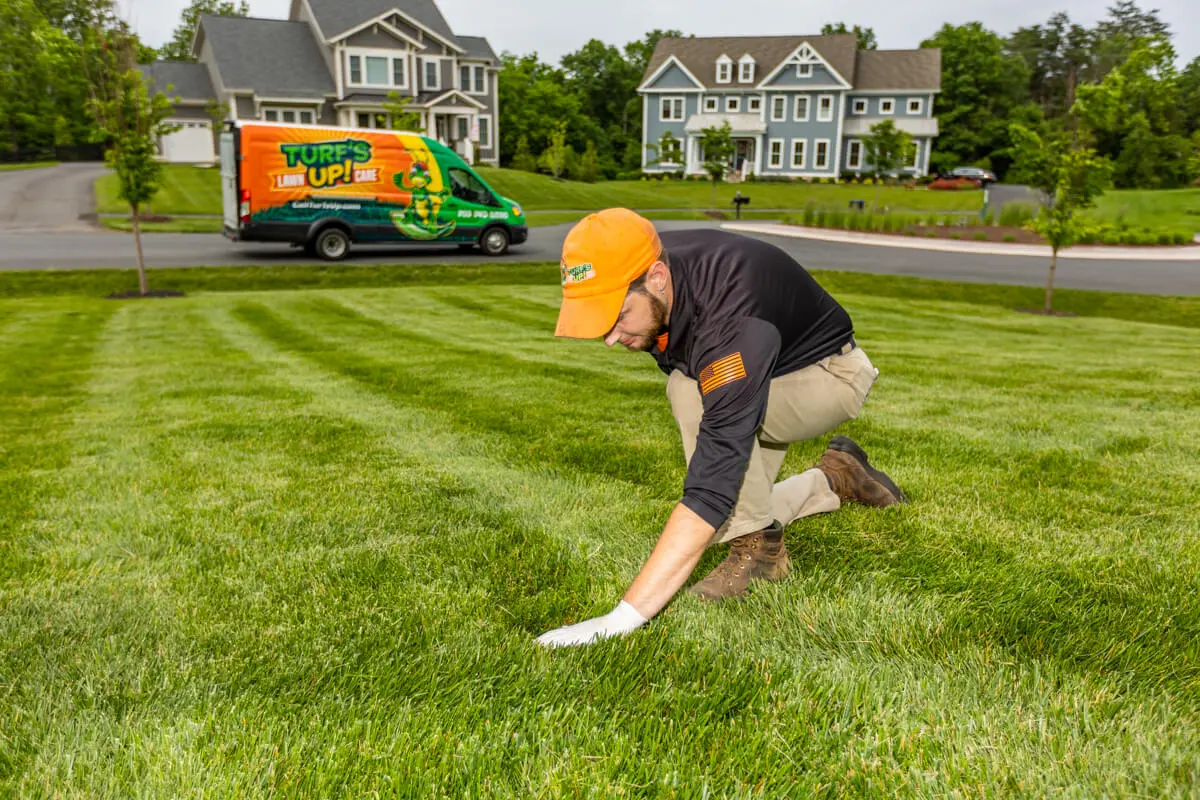




Comments (0)
Thanks for your comment!
Thanks for your feedback! Your comments have been successfully submitted! Please note, all comments require admin approval prior to display.
Error submitting comment!
There is a problem with your comment, please see below and try again.